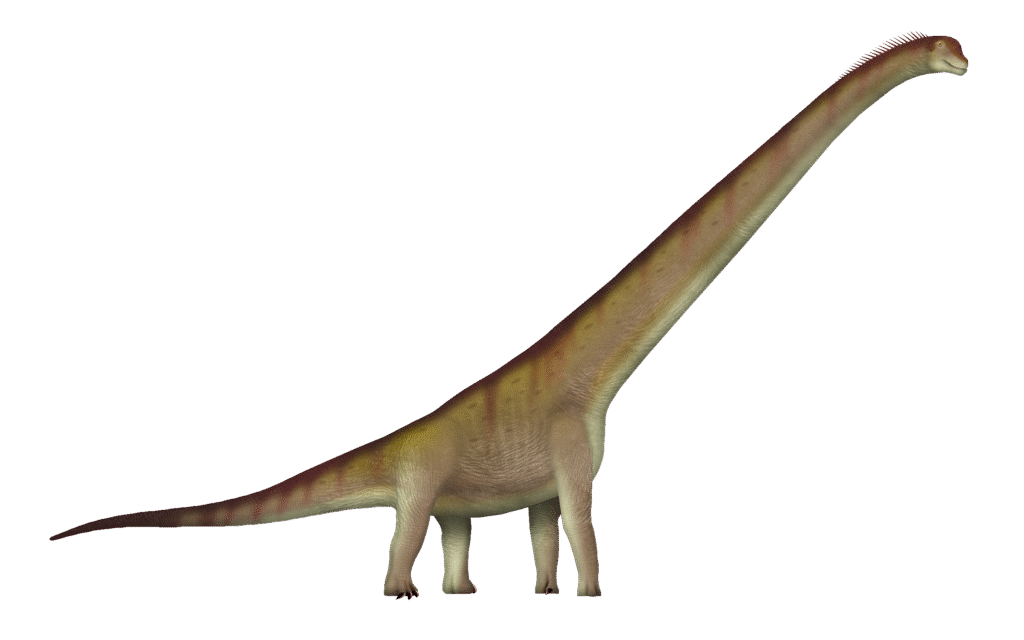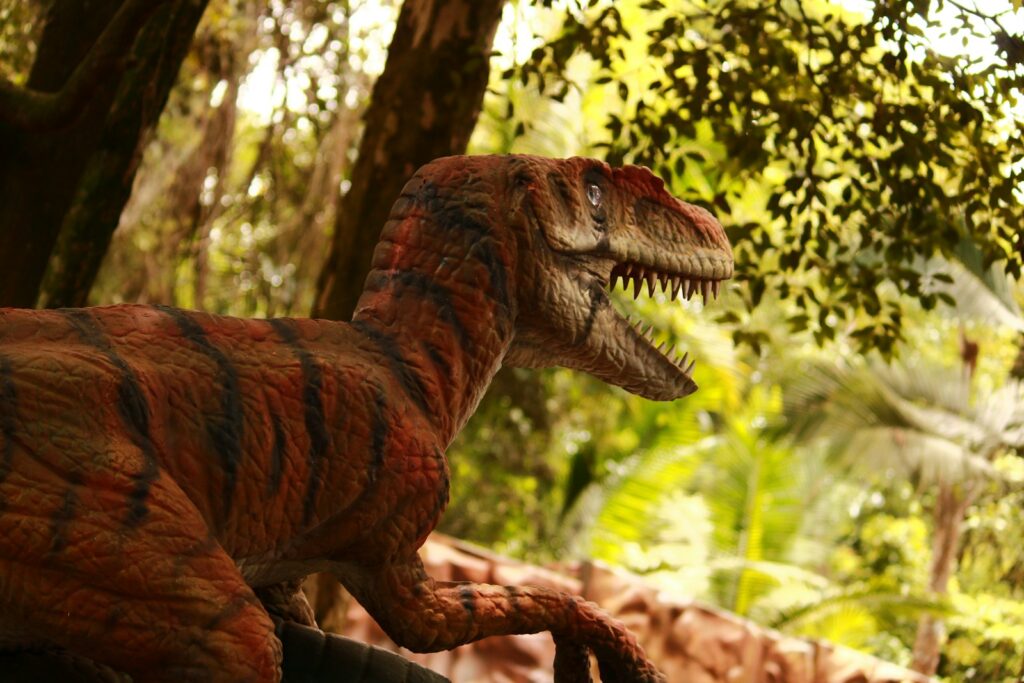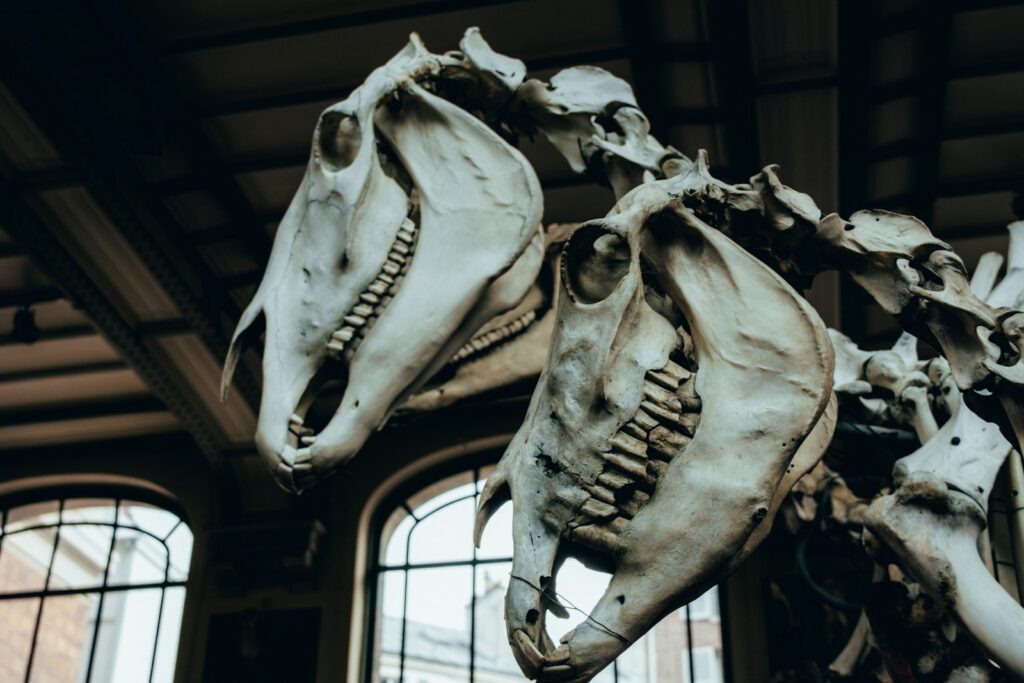The question of what dinosaurs smelled like represents one of paleontology’s most fascinating and challenging mysteries. While we can reconstruct dinosaur appearances with increasing accuracy through fossil evidence, understanding their scent requires more creative scientific detective work. Did these magnificent creatures emit odors similar to their modern relatives—birds and reptiles—or did they possess entirely unique olfactory signatures? This article explores the current scientific understanding of dinosaur smells, examining evidence from evolutionary relationships, biological structures, and environmental adaptations that might help us reconstruct the aromatic world of these prehistoric giants.
The Evolutionary Context: Who Are Dinosaurs’ Closest Living Relatives?

Understanding dinosaur smells begins with establishing their evolutionary relationships to modern animals. Modern birds are not just related to dinosaurs—they are living dinosaurs, specifically descended from theropod dinosaurs, the group that includes Tyrannosaurus rex and Velociraptor. This direct evolutionary lineage provides our strongest connection for making inferences about dinosaur biology, including potential scents. Meanwhile, other reptiles like crocodilians share a more distant common ancestor with dinosaurs, diverging approximately 240 million years ago. This evolutionary framework creates a spectrum of possibilities for dinosaur smells, with birds offering the most direct comparison, while features shared between birds and reptiles might represent ancestral traits inherited by dinosaurs. Scientists use this phylogenetic bracketing to make educated guesses about dinosaur biology beyond what fossils directly tell us.
What Do Modern Birds Actually Smell Like?

Contrary to popular belief, birds do have distinct odors, though humans often perceive them as subtle. Most birds possess a preen gland (also called the uropygial gland) located near the base of their tail, which secretes oils used during preening. These oils create species-specific scents that can range from musky and waxy to sweet or even fruity depending on the bird species. Seabirds often have stronger, more fishy odors due to their diet and habitat. Beyond preening oils, birds’ scents are influenced by their feathers, skin chemistry, and the microbiome living on their bodies. Some birds even use scent for identification and communication, particularly seabirds that use odor to locate their specific nesting burrows in large colonies. These varied avian scents provide one potential model for what some dinosaurs, particularly the bird-like theropods, might have smelled like.
Reptilian Scents: Understanding Modern Reptile Odors

Modern reptiles produce distinctive odors through various mechanisms that might inform our understanding of dinosaur smells. Many reptiles possess specialized scent glands that produce musky, sometimes pungent secretions used for territory marking and mate attraction. Crocodilians, dinosaurs’ closest living non-avian relatives, possess musk glands that emit powerful odors, particularly during breeding season. Lizards and snakes use various specialized glands, including femoral pores and cloacal glands, to release scent signals into their environment. The composition of these scents includes complex chemicals like lipids, proteins, and volatile compounds that create signature odors. Additionally, reptiles’ skin produces distinctive smells through interactions with environmental bacteria, while their waste products contribute to their overall olfactory profile. These reptilian scent mechanisms might represent ancestral traits that dinosaurs could have shared, particularly among the more basal dinosaur groups.
Fossil Evidence: What Can Dinosaur Remains Tell Us About Smell?

While fossils cannot preserve smells directly, they provide important anatomical clues about dinosaurs’ scent-producing capabilities. Paleontologists have identified structures in some dinosaur fossils that resemble modern animals’ scent glands, suggesting similar olfactory signaling abilities. For instance, some ceratopsian dinosaurs (like Triceratops) show evidence of possible facial glands that might have served communication functions, potentially including scent production. Fossil evidence also reveals dinosaurs’ olfactory capabilities—many species had well-developed olfactory bulbs in their brains, indicating a strong sense of smell that likely played a role in their social interactions and environmental navigation. The preservation of skin impressions in some exceptional fossils provides insights into skin texture and possible glandular structures that might have contributed to scent production. Though these fossil clues cannot definitively tell us what dinosaurs smelled like, they establish the biological foundation for scent production in these animals, confirming that smell likely played an important role in dinosaur ecology.
Dinosaur Diet and Its Impact on Bodily Odors
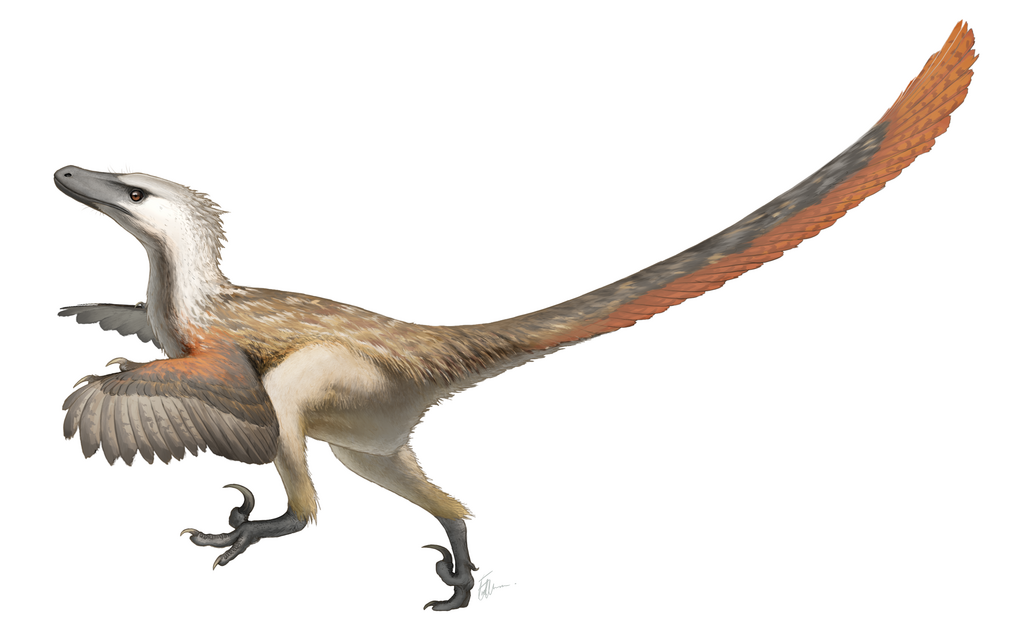
Diet substantially influences body odor in modern animals and likely affected dinosaur smells as well. Carnivorous dinosaurs, such as tyrannosaurs and dromaeosaurs, likely carried scents influenced by their meat-based diets, potentially producing stronger, more pungent body odors similar to modern predators. Plant-eating dinosaurs, from massive sauropods to horned ceratopsians, would have processed massive quantities of vegetation through their digestive systems, potentially creating distinctive herbivore odors from gut fermentation processes. Some evidence suggests certain dinosaurs had specialized diets, such as fish-eating spinosaurids, which might have carried fishy scents similar to modern piscivores. Additionally, dental and digestive adaptations in different dinosaur lineages created varied digestive processes that would have influenced their metabolic byproducts and associated smells. These dietary factors, combined with different metabolic rates among dinosaur groups, likely created a diverse olfactory landscape among different dinosaur species, making generalizations about “dinosaur smell” overly simplistic.
Metabolism and Body Temperature: Warm-Blooded Versus Cold-Blooded Scents

The ongoing debate about dinosaur metabolism provides important context for understanding their potential smells. Growing evidence suggests many dinosaurs were mesotherms or even endotherms (warm-blooded), particularly among theropods and possibly other lineages. Warm-blooded animals typically have different scent profiles than cold-blooded ones due to differences in metabolic processes, sweat production, and body chemistry. Endothermic animals often produce more complex body odors due to higher metabolic rates and increased sweating or other cooling mechanisms that release scent compounds. Evidence from bone microstructure, growth rates, and oxygen isotope analyses increasingly supports the view that many dinosaurs maintained elevated body temperatures, suggesting they might have produced scents more similar to modern birds or mammals than to reptiles. Different dinosaur lineages likely had varying metabolic strategies, creating a spectrum of body temperatures and associated scent profiles across dinosaur groups. This metabolic diversity would have created corresponding diversity in how different dinosaur species smelled, with more active, bird-like theropods potentially having different scent signatures than other dinosaur groups.
Environmental Adaptations: How Habitats Might Have Influenced Dinosaur Smells

The diverse environments dinosaurs inhabited likely influenced their scent profiles through adaptation and natural selection. Desert-dwelling dinosaurs might have evolved ways to conserve water that affected their scent glands and odor production, potentially resulting in drier, more concentrated scents. Dinosaurs from humid, tropical environments likely contended with different bacterial communities on their skin, potentially creating distinctive microbiome-influenced odors specific to those habitats. Aquatic or semi-aquatic dinosaurs, such as Spinosaurus, would have had waterproof adaptations and possibly specialized scent signals that functioned effectively in aquatic environments. These environmental adaptations would have created habitat-specific scent profiles among dinosaur species, much as modern animals from different biomes carry distinctive odors related to their environmental adaptations. Additionally, dinosaurs from colder regions might have developed specialized fat storage or insulation mechanisms that influenced their body chemistry and resultant scents. This environmental diversity suggests dinosaur smells varied not just between species but across different populations of the same species inhabiting different ecosystems.
Feathers, Scales, and Skin: Surface Coverings and Their Olfactory Impact
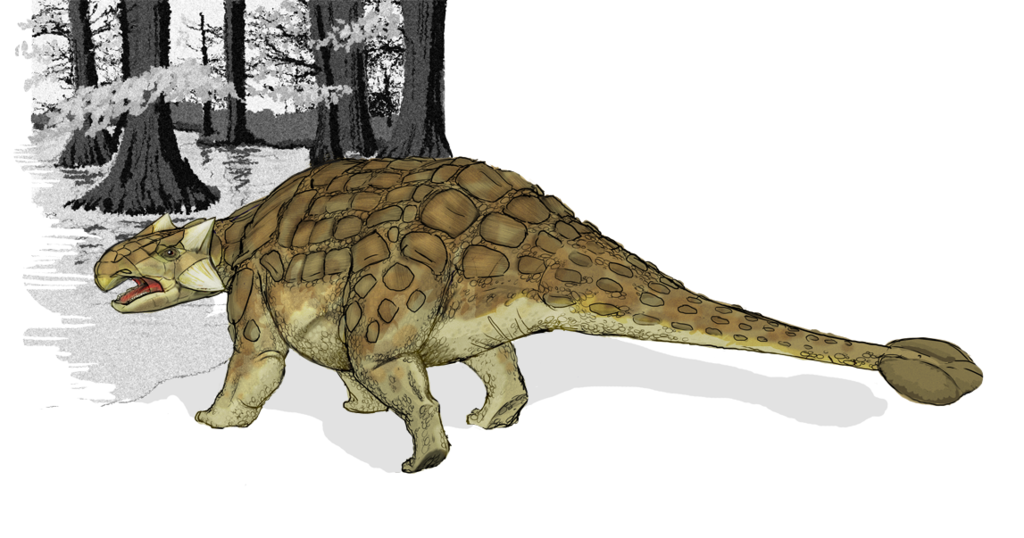
The varied integumentary structures covering dinosaurs’ bodies would have significantly influenced their scents. Feathered dinosaurs, including many theropods and some ornithischians, likely had scent profiles influenced by their feather chemistry, similar to modern birds whose feathers trap and release distinctive oils and pheromones. Scaled dinosaurs would have produced different scent signatures through the interaction between their skin secretions and the microbiome living on and between their scales. Some dinosaurs had both feathers and scales on different body parts, potentially creating complex, multi-layered scent profiles combining elements of both covering types. Recent discoveries have revealed that some dinosaurs had unusual integumentary structures like quills or filaments that might have had unique scent-related properties unlike anything in modern animals. Additionally, the skin’s thickness and glandular composition would have varied across dinosaur groups and body regions, creating different scent-producing capacities. These diverse surface coverings suggest dinosaur smells were complex and varied, with different species likely producing distinctive olfactory signatures related to their specific integumentary adaptations.
Social Structures: Did Dinosaurs Use Scent for Communication?

Evidence increasingly suggests many dinosaur species lived in social groups, raising questions about whether they used scent for communication like many modern social animals. Fossil discoveries of dinosaur herds, nesting colonies, and trackways showing coordinated movement patterns indicate complex social behaviors that might have included scent-based signaling. Some dinosaurs show evidence of possible scent glands in locations similar to those used by modern animals for social signaling, suggesting pheromone-based communication. In modern social animals, scents often communicate reproductive status, territorial boundaries, identity, and emotional states—functions that social dinosaurs likely needed as well. Different dinosaur groups probably had varying levels of scent-based communication, with more social species potentially having more developed scent signaling systems than solitary hunters or browsers. These social dynamics would have created selection pressures for distinctive, species-specific scents that helped dinosaurs recognize members of their own kind and distinguish between friend, foe, and potential mate.
Predator-Prey Relationships: Defensive and Hunting Scents
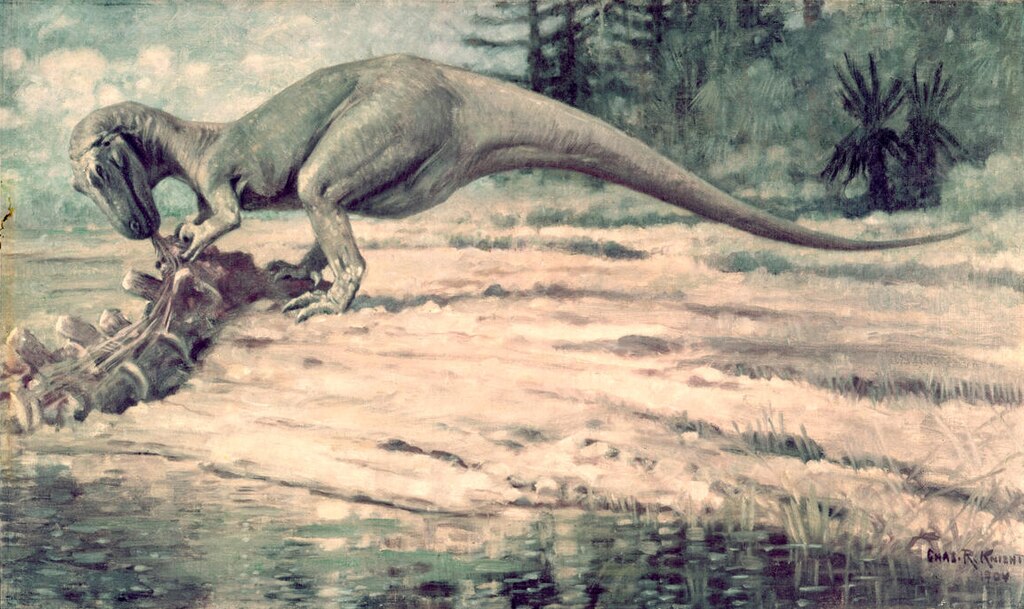
The intense predator-prey dynamics of the Mesozoic era likely drove the evolution of specialized scent adaptations among dinosaurs. Prey species might have developed defensive odors to deter predators or warn others of danger, similar to how some modern birds and reptiles release distinctive alarm scents when threatened. Predatory dinosaurs, meanwhile, may have evolved ways to mask their scents while hunting, or conversely, might have used intimidating scents to establish dominance or territorial boundaries. Some herbivorous dinosaurs possibly used foul-smelling secretions as a defense mechanism against predators, similar to modern skunks or certain bird species that expel noxious substances when threatened. The evolutionary arms race between predators and prey likely created specialized olfactory adaptations on both sides, resulting in complex scent-based interactions throughout dinosaur ecosystems. These predator-prey dynamics would have varied across different habitats and time periods, creating diverse scent-based strategies throughout the 165-million-year reign of non-avian dinosaurs.
Reproductive Behaviors: Mating Scents and Parental Care
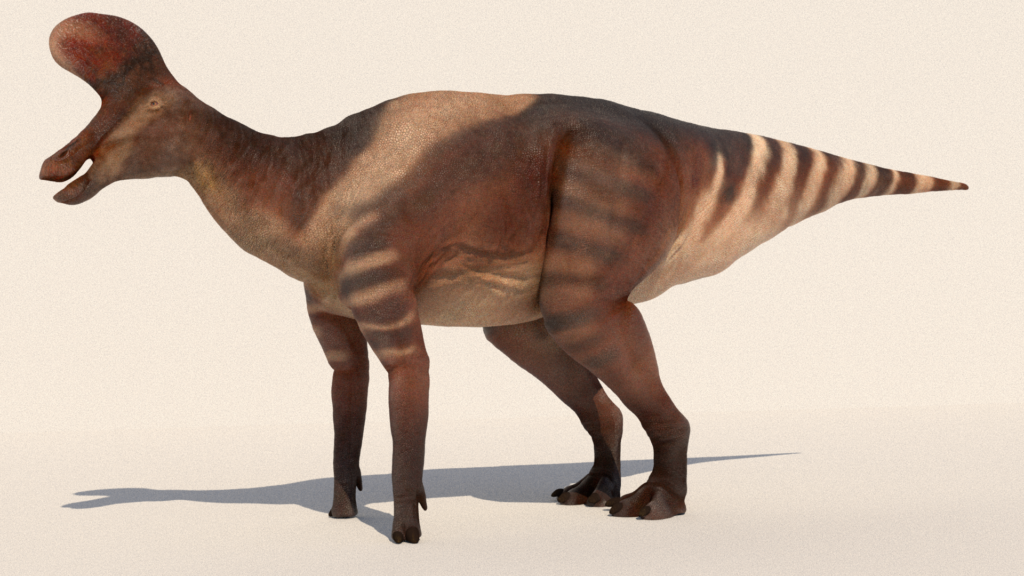
Reproduction likely drove the evolution of specialized scents in dinosaurs, creating olfactory signals related to mating and parental care. During breeding seasons, many dinosaurs probably produced distinctive pheromones signaling reproductive readiness, similar to modern birds and reptiles that undergo hormonal changes affecting their scent during mating periods. Some dinosaurs displayed dramatic structures like crests, frills, and elaborate ornamentation that may have housed scent glands used during courtship displays, combining visual and olfactory signals to attract mates. Nest-building dinosaurs likely left scent markers helping them identify their own nests within colonies, similar to how modern seabirds use scent to locate their specific nesting sites among thousands of similar nests. Parental care, now well-documented in many dinosaur species, might have involved scent-based parent-offspring recognition, with adult dinosaurs identifying their young through olfactory cues. These reproductive behaviors would have created selection pressures for specialized scent signals that facilitated successful mating, egg-laying, and raising of young, contributing to the complex olfactory landscape of dinosaur ecosystems.
Scientific Reconstruction: How Researchers Study Ancient Smells
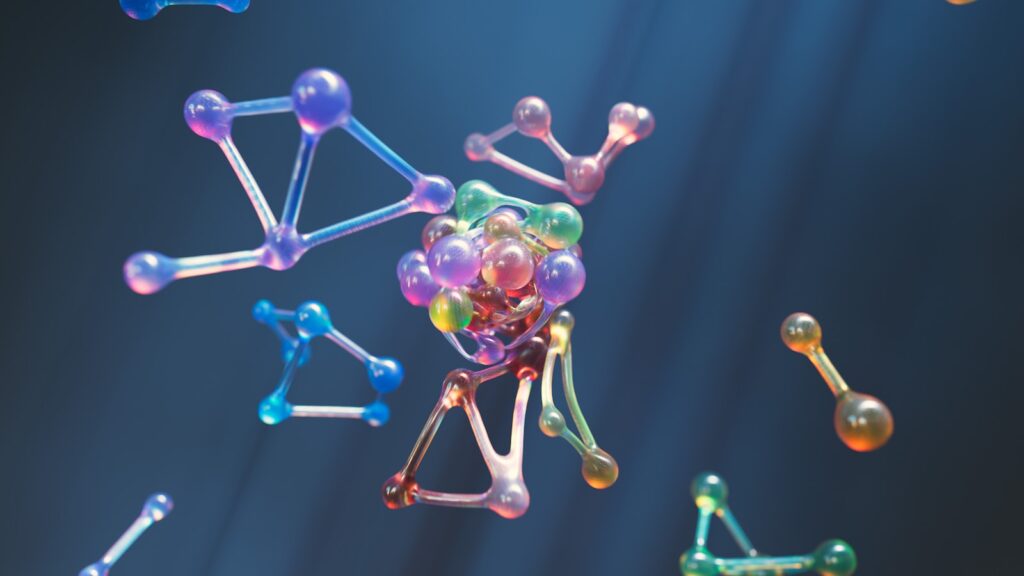
Modern scientists use innovative techniques to develop educated hypotheses about dinosaur smells despite the impossibility of direct olfactory preservation. Comparative anatomy allows researchers to identify structures in dinosaur fossils similar to scent-producing glands in modern animals, providing clues about dinosaurs’ scent-producing capabilities. Biomolecular studies of modern birds and reptiles help identify the genetic basis for scent production, potentially allowing scientists to trace these traits back to their dinosaur ancestors through evolutionary genomics. Advanced chemical analyses of modern animals’ scent compounds create reference libraries that inform hypotheses about dinosaur scent chemistry based on their metabolism, diet, and environmental adaptations. Some researchers use biomarkers in exceptionally preserved fossils to identify traces of original biological compounds that might have contributed to dinosaurs’ scents when they were alive. These scientific approaches, while unable to definitively determine dinosaur smells, provide increasingly sophisticated frameworks for understanding the olfactory world of these ancient animals, moving the question beyond mere speculation into the realm of evidence-based reconstruction.
The Unique Olfactory World of the Mesozoic
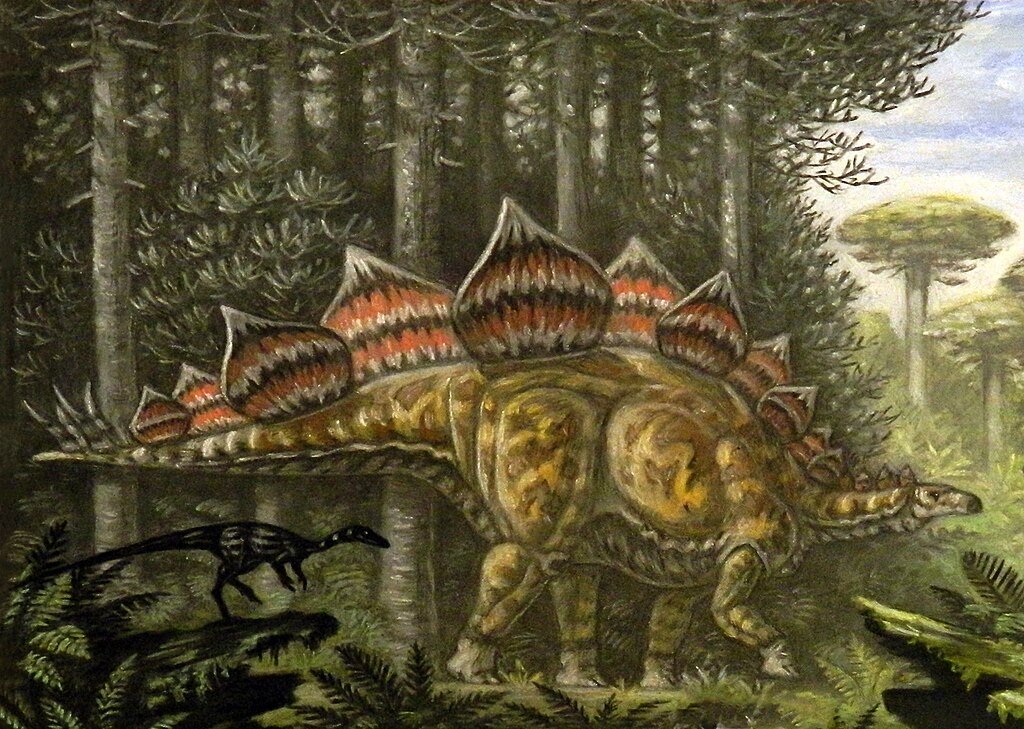
The Mesozoic Era likely featured an olfactory landscape dramatically different from our modern world. The dominant vegetation of dinosaur habitats—cycads, ginkgoes, conifers, and early flowering plants—would have created distinctive background scents unlike modern ecosystems dominated by flowering plants. The Mesozoic atmosphere contained different proportions of gases, potentially affecting how scents dispersed and were perceived compared to today’s atmosphere. Ancient soils, shaped by different weathering processes and microbial communities, would have contributed unique geochemical scents to the environment. Volcanic activity, more prevalent during certain periods of the Mesozoic, would have introduced sulfurous and mineral scents across vast regions. Within this distinctive olfactory landscape, dinosaur smells would have been just one component of a complex sensory environment unlike anything in the modern world. This unique combination of environmental and biological scents means dinosaur olfactory experiences existed in a sensory context fundamentally different from that of modern animals, making direct comparisons to modern scents inherently limited.
Conclusion

The question of what dinosaurs smelled like remains one of paleontology’s intriguing mysteries, bridging scientific evidence and informed speculation. While we cannot definitively determine dinosaur scents, the convergence of evidence from evolutionary relationships, fossil structures, and modern analogues suggests dinosaurs produced a diverse array of smells likely sharing elements with both birds and reptiles, while also featuring unique characteristics specific to their biology and ecology. Different dinosaur groups almost certainly smelled differently from each other, with factors including diet, metabolism, habitat, integumentary covering, and social behaviors all influencing their olfactory signatures. As paleontological techniques continue to advance, our understanding of these ancient scents will likely become increasingly refined, though the complete olfactory experience of the Mesozoic world remains one of prehistory’s sensory frontiers—a reminder that some aspects of extinct animals’ biology remain beyond the reach of even our most sophisticated scientific methods.

